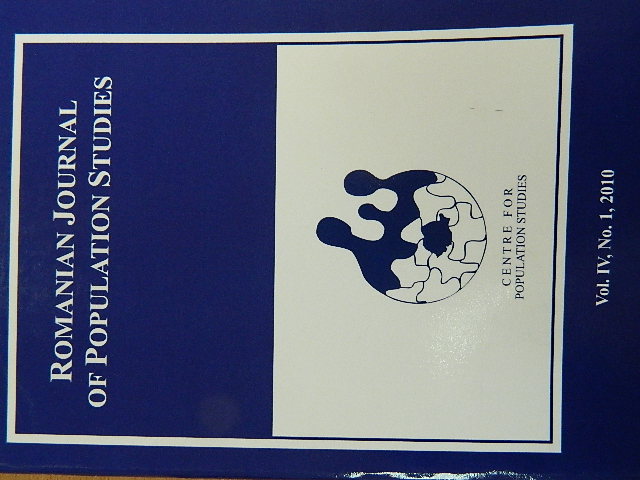Denomination and Population Growth before the First World War: The Case of Transdanubia
Denomination and Population Growth before the First World War: The Case of Transdanubia
Author(s): Tamás FaragóSubject(s): History
Published by: Centrul de Studiere a Populaţiei
Keywords: Transdanubia; denominations; migration; conversion; differential fertility
Summary/Abstract: The traditional Hungarian historiography believes in long lasting denominational structures, which do not produce much change on short term. If there are relative quick changes, they occurred because of external factors (forced changes), or they are not real ones (falsification of statistics). Usually no demographic factors are mentioned between the components of change. The author tries to make a revision on this picture reconstructing the development processes of religious groups of historical Transdanubia (the Western part of present Hungary and the province of Burgenland in nowadays Austria). The starting point of the investigation is the conscription of 1722 which is compared with the later sources. The data show the structural change through time: the Roman Catholic Church is gaining dominance during the 18th – 19th century in Transdanubia while the Protestants are driven back into scattered geographic enclaves of the population. If we look the figures of change by denomination we can see highly uneven growth patterns between the different churches – especially the increase of the Jews and the decrease of the Greek Orthodox population are remarkable. Beyond the changes of population size, distribution and structure we can see several parallel processes. There are in, out and internal migrations, conversions, and differential patterns in natural increase. These changes together are resulted a growing denominational mix in the population of the single settlements and a general shift toward the Roman Catholicism. The spatial dispersion process of the different religious groups at the same time will decrease the religious separation, causing a growing cultural mix and forms fragmented cultural minorities. While during the 18th Century between the elements of structural changes the long term migration and the forced conversion have important role, in the next century the differential fertility, and the internal migration together with the emergence of intermarriages are the most decisive factors in forming the structure. The investigations have several results. First it proves the value of early church statistics: the figures about denominational groups give important markersabout internal migration and differential fertility well before the beginning of official statistics. Second, the research proves the different growth patterns of the religious groups as well as the mutual interaction between the demographic, religious and regional processes and structures. Finally it underlines the fact that the differences of demographic behavior had decisive role in the changes of denominational structure during the 18th-19th Centuries. The aggressive interventions of the politics and the Churches had no sole and exclusive impact on religious composition of the Transdanubian population before the 20th Century.
Journal: Romanian Journal of Population Studies
- Issue Year: 4/2010
- Issue No: 1
- Page Range: 53-80
- Page Count: 30
- Language: English
- Content File-PDF

